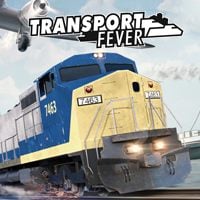Transport Fever: Making advanced railway systems
The railway is the only type of transport which allows creating more complex connections. When dealing with trucks, ships or airplanes, there are no issues with space or lack thereof. It is the railway that requires the most effort in order to unlock the full potential of this branch of transportation.
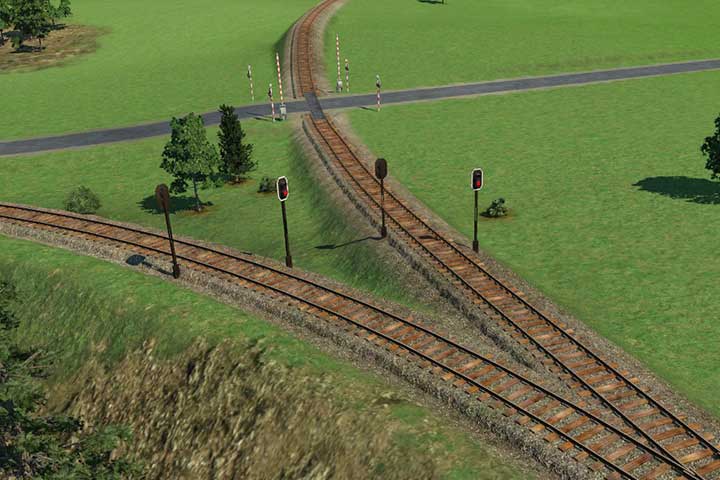
Use signals, just like in the case of right-hand road traffic. It will make the process easier for you, and you will not get lost in the systems. Additionally, stations have their own internal signals, which are not visible. If there is more than one train on the route, than the one which is on the station will not leave it until he has a free track. Use a mix of one and two way signals. The picture above shows a system of dual signals, however, they are not necessary. What really matters is the option which you choose after clicking a signal. For one way signals placement is crucial. If you e.g. place them on the left side of the tracks, then the train going from the other way might not take this track into consideration. The section between one signal and another I will from now on refer to as a signal segment. Such a segment is at its minimum the length of the longest train you own/will own on a given track.
You can also build and name control points. They can be very useful, if you want to designate a track very precisely, e.g. a certain train/connection has to reach a specific platform.
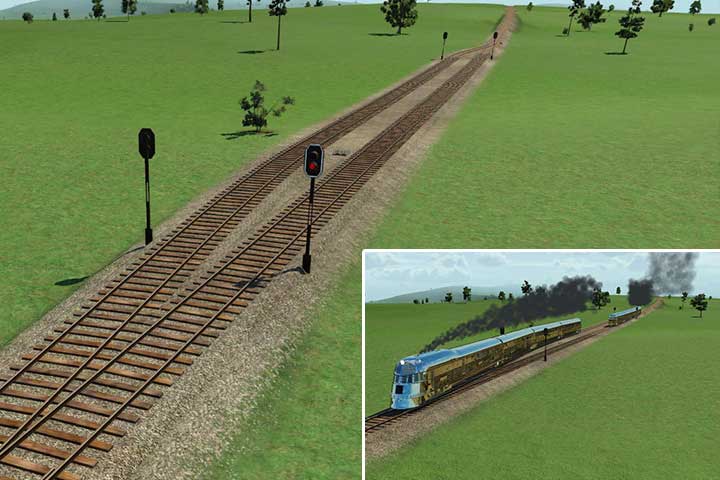
A connection with a passing loop. After creating a long route, you will want two trains to operate on it, either to move the same good and simply increase the speed, or to transport two different goods. In such a case it is worth it to create two/three platforms. Afterwards, depending on the length of the route, every now and then you will have to build a passing loop, that is a parallel line, going alongside the main line for a while, and then coming back to it. At the beginning of such a system you place a signal on the right and on the left side. You do the same at the end. When the first train reaches such a location and the other train will be in front of it, then the first train will use the loop to avoid collision and will wait until the track is clear. This type of line can work for two, maximum three trains. With more machines than that, there will be jams along the line. Advantages: a cheap and quick solution, however, it is ineffective when dealing when more than two trains.
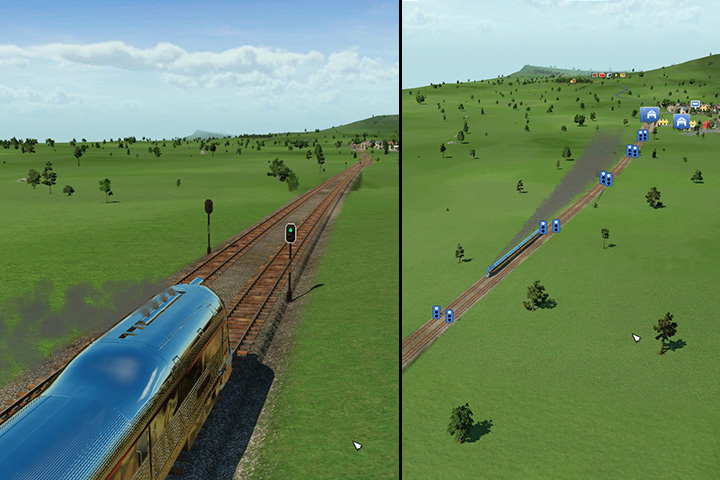
A double track railway. Here you will mostly be using signals. You create a section made out of two, parallel railway tracks. On one side you create evenly-spaced signal segments on the right side, and on the other on the opposite side. Something similar to a two-way street. Before the entry to the station you create appropriate railroad turnouts, in order for the trains to be able to access each track while entering or leaving the station. Before each platform you have to establish control points, in order to have more control over the traffic on a given station. The advantage of such a solution is the fact that you will be able to use a lot of machines on the same route, which will decrease the construction costs, however, issues may arise if you have trains with different speeds. In such cases jams and blockages may occur, which will cost you both time and money.

Larger stations with an entry and an exit point. Depending on the number of trains and the length of the track, it may be the case that the entry/exit point of your station is the most heavily congested point on your route. You can then build a more complex exit point for your trains, in order to resolve this problem. In this version, the trains do not enter the platform and then turn back, but instead they keep going forward along the tracks, which loop around the station and then come back to the main track. This way, the tracks are only congested at the entry point, if the trains are waiting for a platform to free up. After completing the loop you can also lay the track down further, in order to improve the fluency and speed of trains on the entire length of the connection. Before each platform you can also establish a control point, and assign specific lines. You will then have more control over the trains and the congestion on the station.
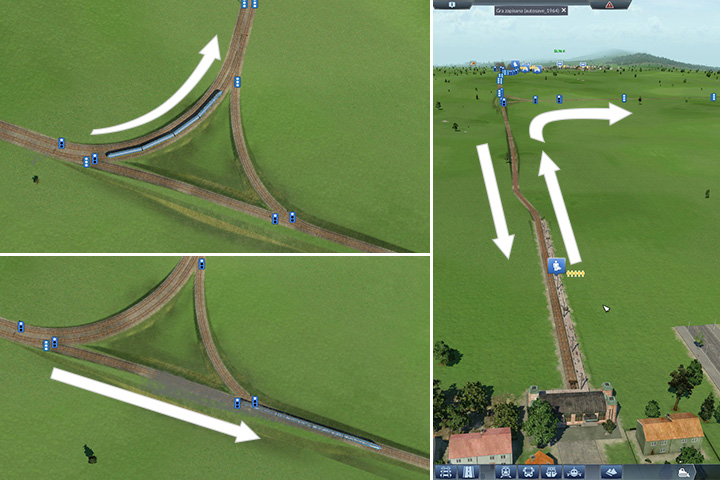
Intermediate stations. They work best when dealing with passenger related transports. You create a small off-shoot off of the main line and then create a station there. If the station is some distance away from the main track, make sure that the off-shoot has at least one signal segment, but only the entry/exit point. After the train is loaded it will return to the main track. This way, it does not block other trains, which are either bypassing that station or simply do not use it. Such a station can serve as a detour to e.g. a small city.

You can also place a station "inside" the route and on its sides create parallel railway tracks, with the length of the station. Afterwards, these tracks come back, and connect to the main route. Thanks to this option, the trains which do not stop at that particular station can simply bypass it and continue their journey along the main track without having to stop.
- Transport Fever Game Guide
- Transport Fever: Game Guide
- Transport Fever: Tips and Walkthorugh
- Transport Fever: Interface and controls
- Transport Fever: General tips
- Transport Fever: Transporting passengers, resources and goods
- Transport Fever: Transport types
- Transport Fever: Building roads, railways, ports and airports
- Transport Fever: Making advanced railway systems
- Transport Fever: Creating connections
- Transport Fever: Tips and Walkthorugh
- Transport Fever: Game Guide
You are not permitted to copy any image, text or info from this page. This site is not associated with and/or endorsed by the developers and the publishers. All logos and images are copyrighted by their respective owners.
Copyright © 2000 - 2025 Webedia Polska SA for gamepressure.com, unofficial game guides, walkthroughs, secrets, game tips, maps & strategies for top games.
